Discover Dominica: The Best Sightseeing Tours for Families and Friends
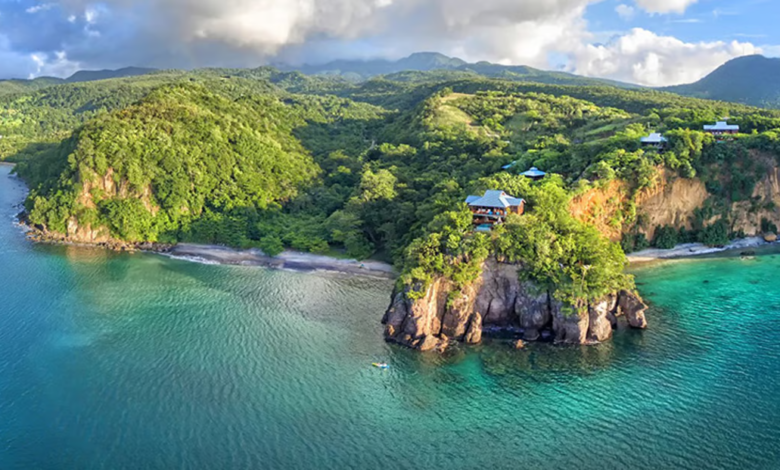
Introduction
Dominica, known as the “Nature Island of the Caribbean,” offers an unparalleled blend of natural beauty, adventure, and cultural richness. With its lush rainforests, stunning waterfalls, and vibrant marine life, Dominica is an ideal destination for families and friends seeking unique and unforgettable experiences. This exclusive guide will highlight the best sightseeing tours in Dominica, ensuring your visit is filled with adventure, relaxation, and lasting memories.
Top Sightseeing Tours in Dominica
https://wegotrip.tp.st/7oFtdfx0
1. Morne Trois Pitons National Park Tour
Overview: A UNESCO World Heritage site, Morne Trois Pitons National Park is a must-visit for its diverse landscapes, including volcanic features, waterfalls, and lush forests.
Highlights:
- Boiling Lake: The second-largest boiling lake in the world, accessible via a challenging but rewarding hike.
- Trafalgar Falls: Twin waterfalls offering picturesque views and opportunities for swimming.
- Emerald Pool: A serene grotto surrounded by rainforest, perfect for a refreshing dip.
Tip: Hire a local guide for the Boiling Lake hike to ensure safety and gain insights into the park’s natural wonders.
2. Champagne Reef Snorkeling Tour
Overview: Champagne Reef is one of Dominica’s most famous snorkeling spots, known for its underwater volcanic vents that create a unique “champagne” effect.
Highlights:
- Marine Life: Discover vibrant coral reefs and a variety of marine species, including seahorses, parrotfish, and octopuses.
- Underwater Bubbles: Experience the sensation of swimming through effervescent bubbles from the volcanic vents.
- Clear Waters: Enjoy excellent visibility, making it easy to explore the underwater world.
Tip: Bring an underwater camera to capture the mesmerizing scenes beneath the surface.
3. Indian River Boat Tour
Overview: The Indian River, featured in the “Pirates of the Caribbean” movies, offers a tranquil and scenic boat tour through mangrove forests.
Highlights:
- Flora and Fauna: Spot diverse bird species, crabs, and lush vegetation along the riverbanks.
- Bush Bar: Visit a rustic riverside bar for a refreshing drink and local stories.
- Cultural Insights: Learn about the history and ecology of the area from knowledgeable guides.
Tip: Opt for a morning tour for a peaceful experience and better chances of wildlife sightings.
4. Kalinago Territory Tour
Overview: Home to the indigenous Kalinago people, this tour offers a unique cultural experience, showcasing their traditions, crafts, and way of life.
Highlights:
- Kalinago Barana Autê: A cultural village where you can learn about Kalinago history, crafts, and daily life.
- Traditional Crafts: Watch demonstrations of basket weaving, pottery, and other traditional crafts.
- Scenic Views: Enjoy stunning coastal views and lush landscapes.
Tip: Purchase handmade crafts as souvenirs to support the local community.
5. Middleham Falls and Titou Gorge Tour
Overview: This tour combines a hike to the impressive Middleham Falls with a swim in the scenic Titou Gorge, offering an adventurous day in nature.
Highlights:
- Middleham Falls: A towering waterfall in the heart of the rainforest, accessible via a moderate hike.
- Titou Gorge: A natural gorge where you can swim through narrow canyons to reach a hidden waterfall.
- Rainforest Experience: Immerse yourself in the lush, green surroundings and enjoy the sounds of nature.
Tip: Wear sturdy hiking shoes and bring a waterproof bag for your belongings.
6. Whale Watching and Dolphin Safari
Overview: Dominica is one of the best places in the Caribbean for whale and dolphin watching, with opportunities to see these majestic creatures year-round.
Highlights:
- Sperm Whales: Dominica is home to a resident population of sperm whales, providing excellent chances for sightings.
- Dolphin Pods: Spot playful pods of dolphins, including spinner and bottlenose dolphins.
- Scenic Boat Ride: Enjoy stunning coastal views and the chance to see other marine wildlife.
Tip: Bring binoculars and a good camera with a zoom lens to capture close-up views of the whales and dolphins.
Booking Tours in Dominica
https://wegotrip.tp.st/7oFtdfx0
https://kiwitaxi.tp.st/sFDhyeq5
Tips for Booking Sightseeing Tours
- Research Tour Operators: Look for reputable tour operators with positive reviews on platforms like TripAdvisor and Google.
- Book in Advance: Popular tours can fill up quickly, so it’s wise to book your tours ahead of time, especially during peak travel seasons.
- Choose Guided Tours: Professional guides offer valuable insights and enhance the overall experience.
- Check Inclusions: Ensure that the tour includes transportation, entrance fees, and any additional activities.
- Consider Private Tours: For a more personalized experience, consider booking private tours for your group.
Recommended Tour Operators
- Island Style Fishing & Tours: Offers a variety of tours, including whale watching, snorkeling, and cultural experiences.
- Nature Island Dive: Specializes in diving and snorkeling tours, including trips to Champagne Reef and other top spots.
- Tropical Adventures: Provides guided hikes, river tours, and cultural excursions, focusing on eco-friendly practices.
Conclusion
Dominica, with its breathtaking natural beauty and rich cultural heritage, offers a plethora of sightseeing tours that cater to families and friends. Whether you’re hiking to stunning waterfalls, snorkeling through volcanic bubbles, or exploring the traditions of the Kalinago people, Dominica promises an adventure like no other. By choosing the best tours and planning ahead, you can ensure a memorable and enriching experience on the Nature Island of the Caribbean. Start planning your trip today and uncover the wonders of Dominica with your loved ones\
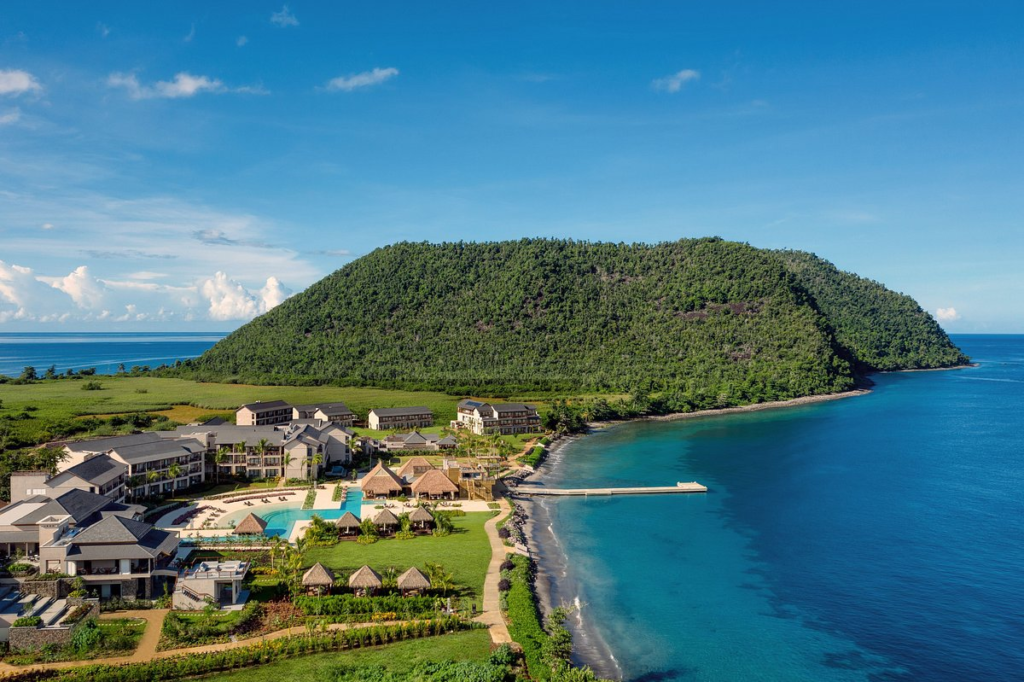
Ocean World Adventure Park in the Dominican Republic:
Whale Watching Tour:
- Experience: Ocean World Adventure Park offers a thrilling whale watching tour that allows visitors to witness these magnificent creatures in their natural habitat.
- Duration: The duration of the whale watching tour may vary, typically lasting a few hours to a half-day excursion.
- Season: Whale watching tours in the Dominican Republic are usually available during the winter months, particularly from January to March when humpback whales migrate to the region.
- Highlights: Guests can observe humpback whales breaching, tail slapping, and interacting in the waters off the coast of the Dominican Republic.
- Guides: Knowledgeable guides provide insights into the behavior and biology of whales, enhancing the overall experience.
Dolphin Safari Tour:
- Experience: Ocean World Adventure Park also offers a dolphin safari tour where visitors can observe dolphins in their natural habitat.
- Duration: The dolphin safari tour typically lasts for a few hours, offering ample time to watch and learn about these intelligent marine mammals.
- Interaction: Depending on the tour package, guests may have the opportunity to interact with dolphins in a responsible and educational manner.
- Education: Trained staff provide information about dolphin behavior, conservation efforts, and the importance of marine wildlife protection.
- Memorable Experience: The dolphin safari tour offers a unique and unforgettable experience for visitors of all ages.
For the most up-to-date and detailed information on the specific whale watching and dolphin safari tours offered by Ocean World Adventure Park, I recommend visiting their official website or contacting them directly for the latest tour packages, schedules, and availability.

Wildlife and Marine Life in the Dominican Republic:
Humpback Whales:
- Species: Humpback whales (Megaptera novaeangliae) are the stars of the show during the winter months in the Dominican Republic.
- Behaviors: Guests may witness humpback whales breaching, tail slapping, and engaging in other captivating behaviors as they navigate the waters during their annual migration.
- Size: These majestic creatures can grow up to 50 feet in length and are known for their acrobatic displays.
Dolphins:
- Species: Common dolphin species found in the waters of the Dominican Republic include bottlenose dolphins, spinner dolphins, and spotted dolphins.
- Behaviors: Dolphins are known for their playful nature, and guests may observe them leaping out of the water, riding the bow waves of boats, and interacting with each other.
- Intelligence: Dolphins are highly intelligent mammals with complex social structures, making them a joy to observe in their natural habitat.
Marine Birds:
- Species: The waters around the Dominican Republic are home to a variety of seabirds, including pelicans, frigatebirds, terns, and gulls.
- Behaviors: Guests on the tours may witness these birds diving for fish, soaring overhead, or resting on the rocky cliffs along the coast.
Fish and Coral Life:
- Species: The waters of the Dominican Republic are teeming with a diverse array of fish species, including colorful reef fish, groupers, snappers, and more.
- Coral Reefs: The region is also home to vibrant coral reefs that support a rich ecosystem of marine life, including lobsters, sea turtles, and various invertebrates.
Conservation and Education:
- Ocean World Adventure Park places a strong emphasis on marine conservation and education. Guests can learn about the importance of protecting these species and their habitats through informative talks and interactive experiences.
- The tours aim to raise awareness about the need to preserve marine ecosystems and promote responsible tourism practices to ensure the long-term survival of these incredible creatures.\\

Conservation Initiatives for Visitors:
- Education and Awareness:
- Guests may have the opportunity to attend educational sessions or talks about marine conservation, the importance of protecting marine wildlife, and sustainable practices.
- Learning about the local ecosystem, threats to marine life, and conservation efforts can increase awareness and promote a deeper understanding of the issues.
- Responsible Wildlife Viewing:
- Visitors are typically encouraged to practice responsible wildlife viewing guidelines, such as maintaining a safe distance from marine animals, minimizing noise pollution, and respecting their natural behaviors.
- By following these guidelines, visitors can help minimize disturbances to wildlife and promote their well-being.
- Supporting Conservation Organizations:
- Some tour operators may have partnerships with local conservation organizations or initiatives dedicated to protecting marine life.
- Visitors may have the option to donate to or support these organizations, contributing to conservation efforts in the region.
- Plastic Pollution Awareness:
- Guests may be encouraged to participate in beach clean-up activities or learn about the impact of plastic pollution on marine ecosystems.
- Avoiding single-use plastics and properly disposing of waste can help reduce pollution in the oceans and protect marine life.
- Certifications and Eco-friendly Practices:
- Tour operators that prioritize sustainability and conservation may hold certifications or adhere to eco-friendly practices.
- Choosing to support businesses that prioritize environmental stewardship can help promote sustainable tourism practices.
- Feedback and Advocacy:
- Visitors can provide feedback to tour operators about their experiences and express support for conservation initiatives.
- Advocating for responsible tourism practices and conservation efforts can help raise awareness and drive positive change in the industry.
While direct participation in conservation initiatives during tours may vary, visitors can play a vital role in promoting sustainable tourism practices, supporting conservation efforts, and contributing to the protection of marine ecosystems by being informed, responsible, and engaged during their experiences.

Educational Resources for Visitors:
- Brochures and Pamphlets:
- Printed materials providing information on marine conservation, local wildlife species, ecosystems, and conservation challenges.
- Brochures may include tips on responsible tourism practices and ways visitors can support conservation efforts.
- Informational Signage:
- Signage placed throughout the park or tour areas with facts about marine life, conservation initiatives, and sustainability practices.
- Signage may highlight key conservation messages and raise awareness about environmental issues.
- Interactive Exhibits:
- Interactive exhibits or displays that engage visitors through multimedia presentations, touchscreens, videos, and hands-on activities.
- Exhibits may focus on marine habitats, endangered species, conservation success stories, and the impacts of human activities on marine ecosystems.
- Educational Talks and Presentations:
- Scheduled talks or presentations by knowledgeable guides, marine biologists, or conservation experts.
- These sessions may cover topics such as marine biology, wildlife conservation, sustainable fishing practices, and the importance of marine protected areas.
- Guided Interpretive Tours:
- Guided tours led by experienced naturalists or conservationists who provide in-depth information about the local environment, wildlife species, and conservation efforts.
- Visitors can learn about the significance of marine habitats, the interconnectedness of ecosystems, and the role of conservation in preserving biodiversity.
- Virtual or Online Resources:
- Access to online resources, including websites, blogs, and virtual tours, that offer additional information on marine conservation initiatives and resources for further learning.
- Online platforms may feature articles, videos, webinars, and downloadable materials related to marine conservation and environmental stewardship.
- Hands-on Activities:
- Interactive activities such as beach clean-ups, coral reef restoration projects, or wildlife monitoring programs that allow visitors to actively participate in conservation efforts.
- Hands-on experiences can deepen visitors’ understanding of conservation challenges and empower them to make a positive impact on the environment.
By providing a range of educational materials and resources, Ocean World Adventure Park aims to inspire visitors to become stewards of the marine environment, raise awareness about conservation issues, and foster a sense of responsibility towards protecting marine ecosystems for future generations.

In-depth Learning Opportunities:
- Scientific Insights: Educational materials often incorporate scientific research findings to provide visitors with accurate and up-to-date information about marine ecosystems, species behavior, and conservation challenges.
- Conservation Strategies: Visitors may learn about various conservation strategies and initiatives aimed at protecting marine habitats, preserving biodiversity, and mitigating human impacts on the environment.
- Ecosystem Interconnections: Educational resources help visitors understand the interconnectedness of marine ecosystems, highlighting how each species plays a unique role in maintaining the health and balance of the environment.
Promoting Environmental Stewardship:
- Empowering Action: By equipping visitors with knowledge about marine conservation issues, educational materials empower them to take informed actions to support conservation efforts and make environmentally conscious choices.
- Inspiring Advocacy: Learning about marine conservation challenges can inspire visitors to become advocates for the environment, encouraging them to promote sustainable practices and engage in conservation initiatives.
- Behavioral Change: Educational resources can influence visitor behavior by fostering a sense of responsibility towards wildlife and habitats, encouraging practices that minimize environmental impact and promote conservation.
Enhancing Visitor Experiences:
- Interactive Engagement: Interactive exhibits, guided tours, and hands-on activities enhance visitor engagement and provide memorable learning experiences that deepen their connection to the marine environment.
- Inspirational Stories: Educational materials often share inspirational stories of successful conservation projects, endangered species recovery efforts, and community-led initiatives, inspiring visitors to become part of positive change.
- Long-lasting Impact: By instilling a sense of appreciation and understanding for marine life and habitats, educational resources have the potential to have a lasting impact on visitors, influencing their attitudes and behaviors towards conservation.
Collaboration and Partnerships:
- Collaborative Efforts: Tour operators, conservation organizations, and local communities often collaborate to develop educational resources that align with conservation goals and promote sustainable tourism practices.
- Partnerships: Establishing partnerships with educational institutions, research centers, and conservation groups can enrich the quality and depth of educational materials, offering visitors access to expert knowledge and diverse perspectives.
By integrating educational resources into marine tourism experiences, stakeholders can contribute to the broader goals of marine conservation, environmental education, and sustainable development, fostering a harmonious relationship between tourism activities and the protection of natural ecosystems.
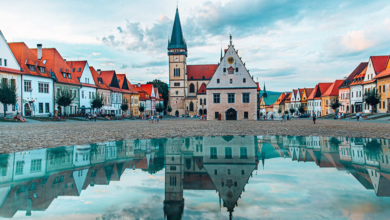

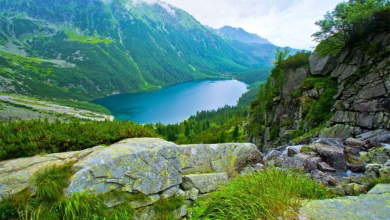
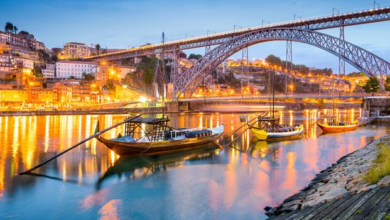
Hi, I’m Jack. Your blog is a treasure trove of valuable insights, and I’ve made it a point to visit daily. Kudos on creating such an amazing resource!
I simply could not go away your web site prior to suggesting that I really enjoyed the standard info a person supply on your guests Is going to be back incessantly to investigate crosscheck new posts
I do not even know how I ended up here but I thought this post was great I do not know who you are but certainly youre going to a famous blogger if you are not already Cheers